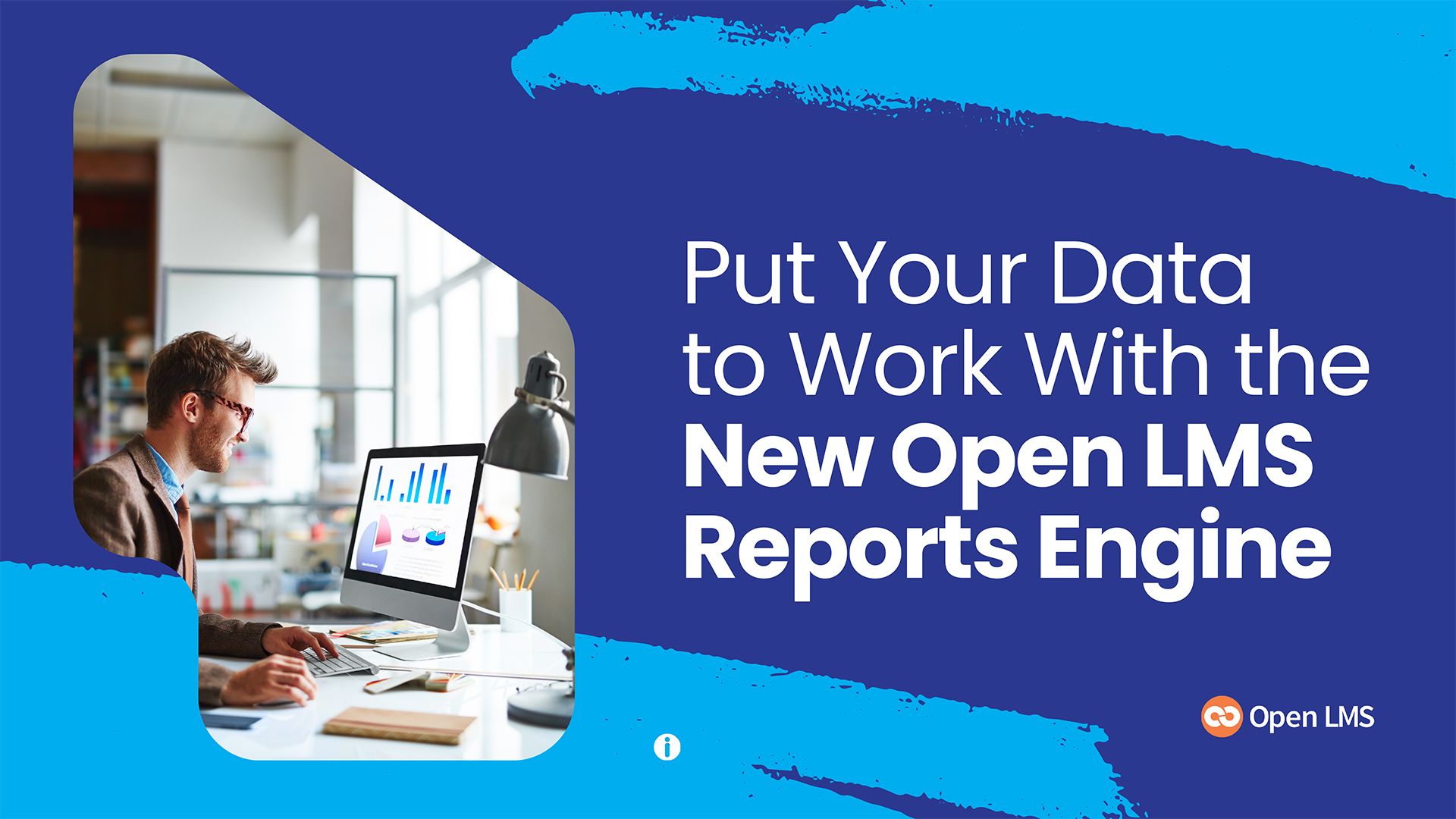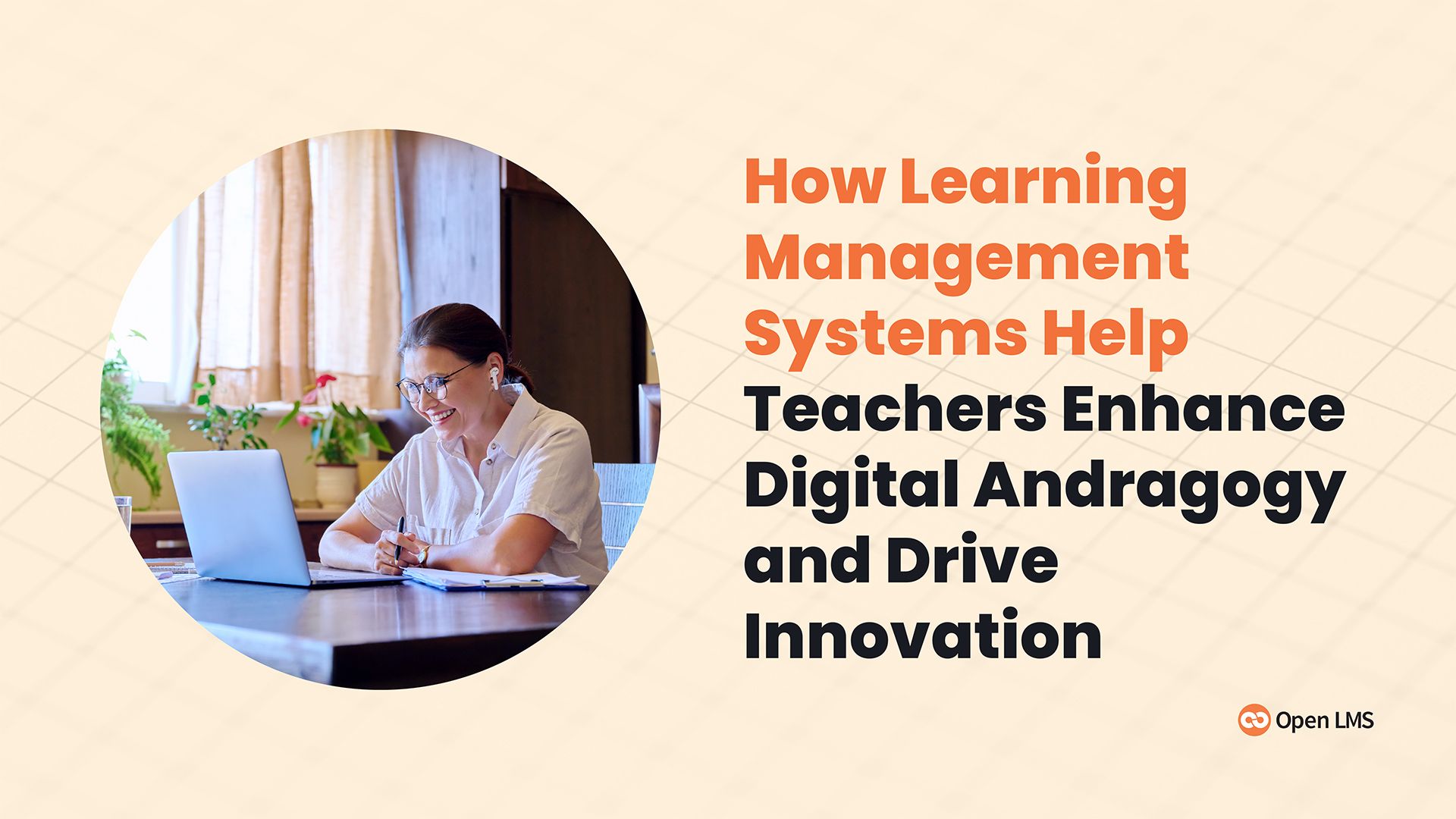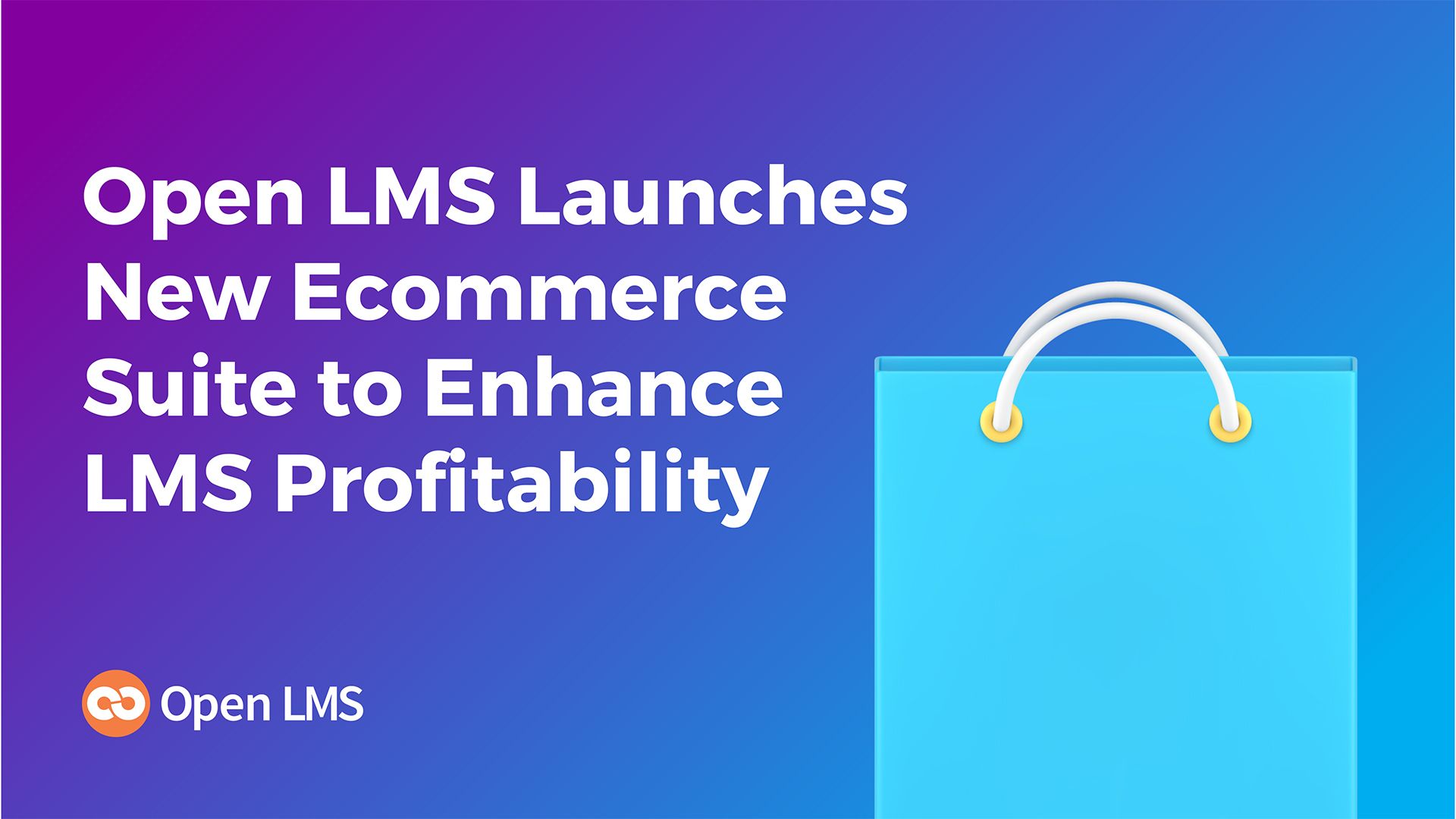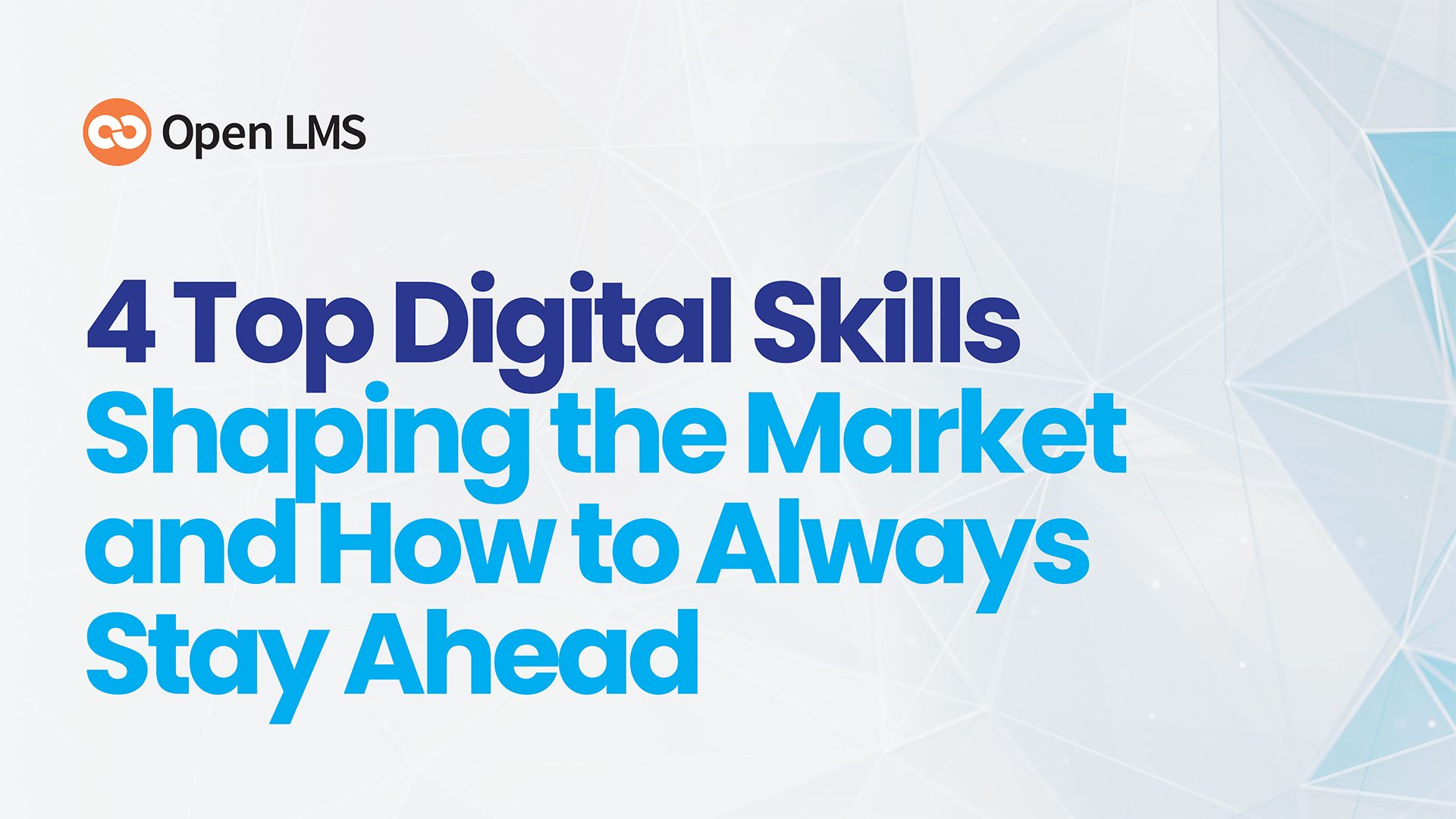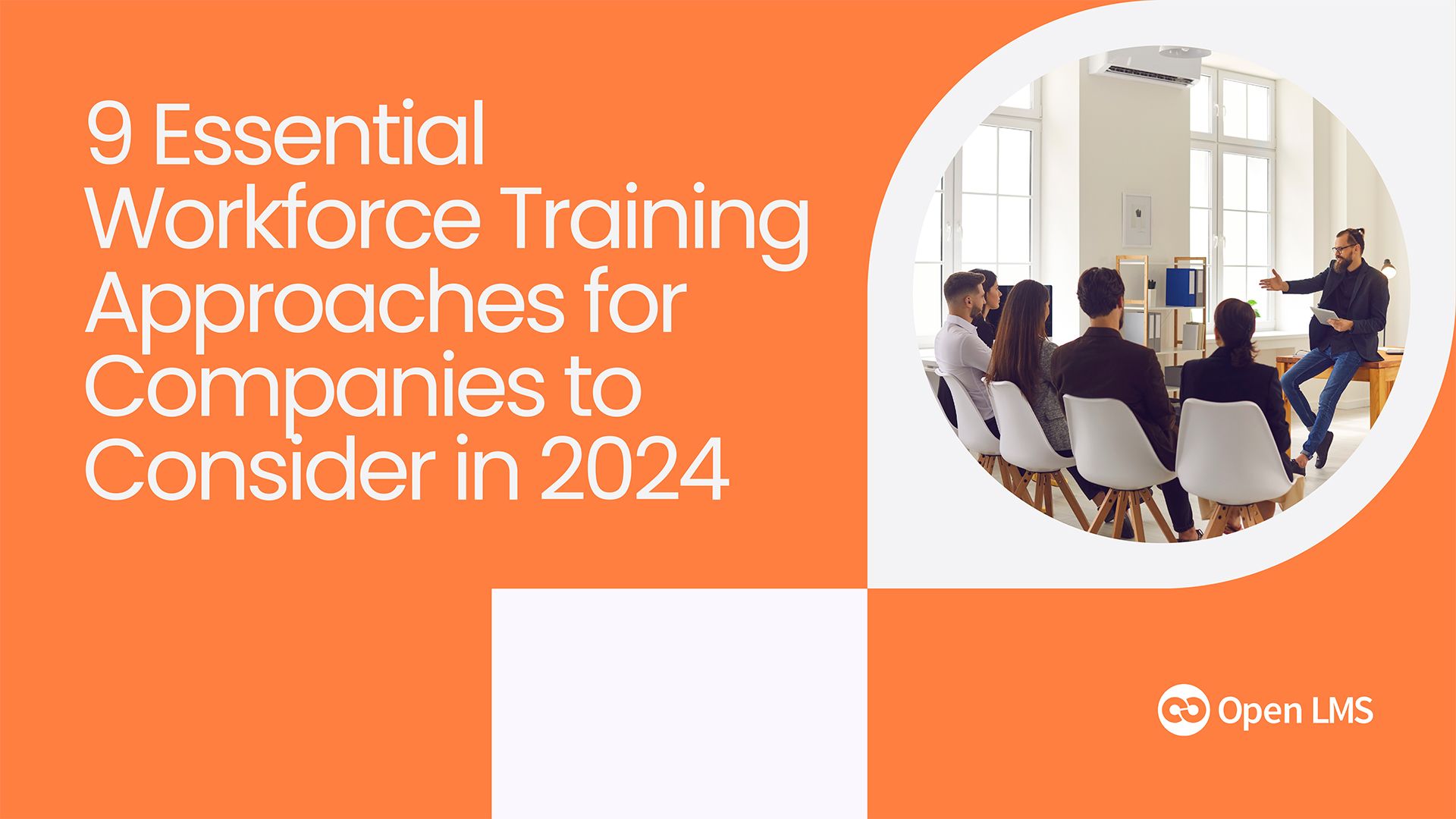
Measuring Impact and ROI: How a Corporate LMS Helps You Get Started
Achieving your goals is closely linked to measuring the impact and ROI of your training initiatives. Learn how your LMS fits into this picture.
Achieving your goals is closely linked to measuring the impact and ROI of your training initiatives. Learn how your LMS fits into this picture.
Data is the lynchpin to successful decision-making. Discover how Open LMS Reports Engine makes it easy to drill down for the data you need.
Discover how an LMS can enhance digital andragogy, improve student outcomes, make learning more accessible, and drive innovation in higher education.
Open LMS announces its new ecommerce suite, enabling educational institutions and corporate clients to sell courses, certifications, and more.
Explore four trending digital skills and gain expert insights on how to stay abreast of the constantly evolving skill market.
Employees need to upskill and reskill, and workforce training is always evolving. Discover nine training approaches organizations need to know in 2024.
The partnership will help educators reduce teacher workload, improve work-life balance, and support personalized learning.
Education is always evolving. Discover 10 learning approaches institutions need to know to stay competitive in 2024.
A learning management system isn’t a wellness tool, but its features can still help you nurture your users. Learn how LMS tools support user wellbeing.
